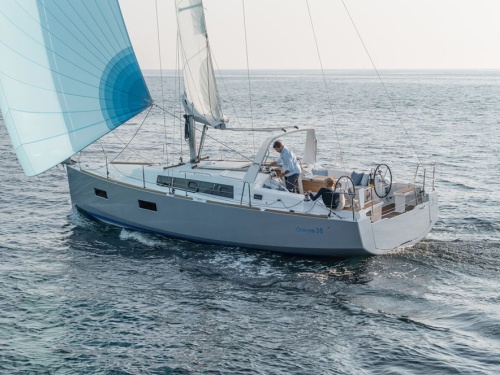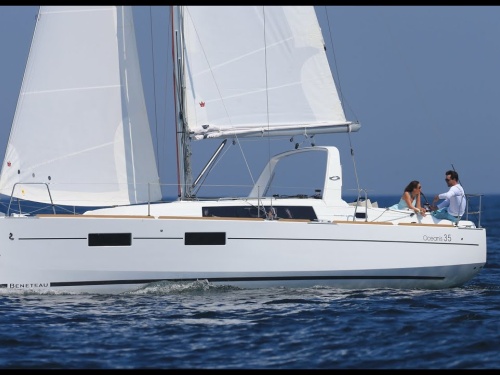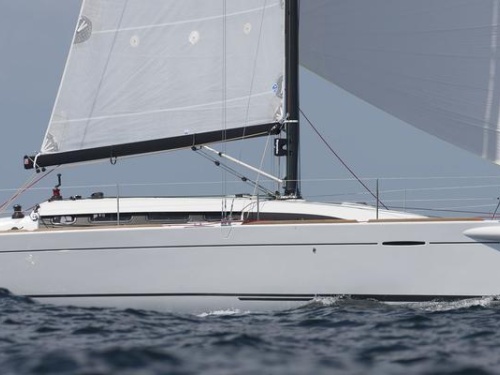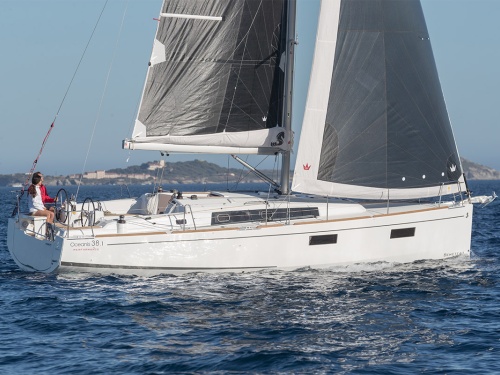Access More Boat Tests
Already have an account? Login
By submitting this form, you acknowledge that you have read and agree with the Privacy Policy & Terms of Use of BoatTEST.com.
Beneteau Oceanis 35.1 (2017-)
Price
See the price by becoming
a BoatTEST member.
Members Must Log In
Brief Summary
The new Beneteau Oceanis 35.1 offers two-cabin and three-cabin arrangements, and a new L-shaped galley that will make cooking easier and safer underway. Her large cockpit proves equally useful for daysailing, cruising, club racing, or entertaining on the hook. An optional fold-out transom makes for easy boarding from the dock, a convenient step into a dinghy for a night ashore, or an ideal snorkeling platform. Twin rudders and wheels are handy in a boat that carries her wide beam well aft.



